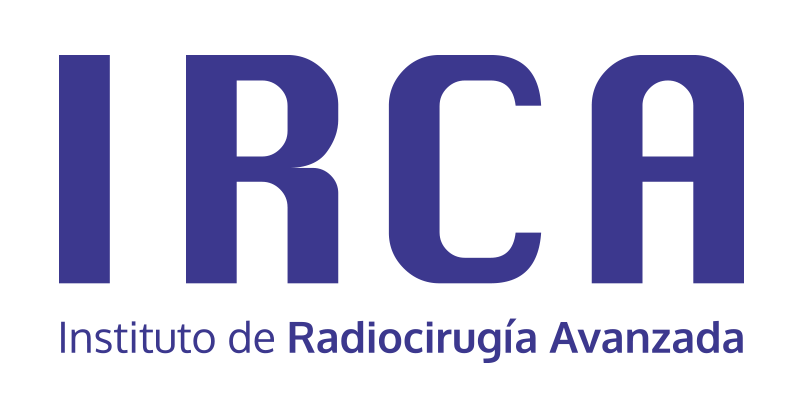The world of radiosurgery has undergone major changes and advances in recent years. The latest major technology in this sector has been the arrival of ZAP-X, a stereotactic radiosurgery system that stands out from its predecessors due to its minimally invasive nature.
Non-invasive radiosurgery is an advanced medical technique that allows lesions to be treated using high-precision radiation beams that target only the diseased tissue without damaging the surrounding healthy tissue. Unlike conventional surgery, it does not require anesthesia or surgical incisions, which translates into greater comfort for the patient.
In this regard, the ZAP-X not only offers great precision thanks to its 16,500 radiation exit points, but also does not require the patient to have their head restrained during treatment, facilitating a speedy recovery and outpatient treatment, with the patient able to leave the center on their own two feet.
Applications of non-invasive radiosurgery
Non-invasive radiosurgery has proven effective in a wide range of medical applications. Some of the conditions for which it is used include:
1. Brain tumors: Non-invasive radiosurgery is especially beneficial for the treatment of brain tumors, as it allows for precise targeting of damaged tissue, minimizing side effects and preserving brain function.
2. Arteriovenous malformations: This technique is an effective option for treating AVMs, abnormalities in the blood vessels of the brain that can cause serious health problems.
3. Neurological disorders: Non-invasive radiosurgery is used to treat disorders such as trigeminal neuralgia and essential tremor.
ZAP – X non-invasive technology
The ZAP-X is presented as the latest cutting-edge technology for providing highly accurate treatments for head and neck injuries. Some of its main features are its high-energy radiation, thanks to its high precision, as it only affects malignant tissue and allows for faster and more effective treatment. In addition, this system uses real-time photography to precisely guide the treatment and thus ensure that the radiation beams are optimally focused on their target. All this means that treatments require far fewer sessions, in some cases requiring only a single dose of radiation
Benefits of non-invasive radiosurgery
As patients, one of the biggest questions we have about these new radiosurgery systems is how they compare to other, more familiar technologies.
- Less risk and fewer complications: As a non-invasive procedure, radiosurgery reduces the risk of infection, bleeding, and surgical complications.
- Faster recovery: Patients tend to recover more quickly after non-invasive radiosurgery compared to traditional surgery.
- 3. Greater precision: The precision of this technique minimizes damage to surrounding tissue, which is especially important in the treatment of brain tumors.
- Less discomfort: Patients experience less pain and discomfort compared to traditional surgery.
- Shorter hospital stays: In many cases, patients can return to their normal activities more quickly, improving their quality of life.
Non-invasive radiosurgery, supported by innovative technologies such as ZAP-X, offers a promising approach to treating a variety of medical conditions. This therapeutic option reduces risks, improves accuracy, and speeds up recovery, bringing hope and relief to patients seeking less invasive alternatives in their fight against cancer and other diseases. At IRCA, we work every day with the best medical team to offer our patients the best solutions for their injuries.

